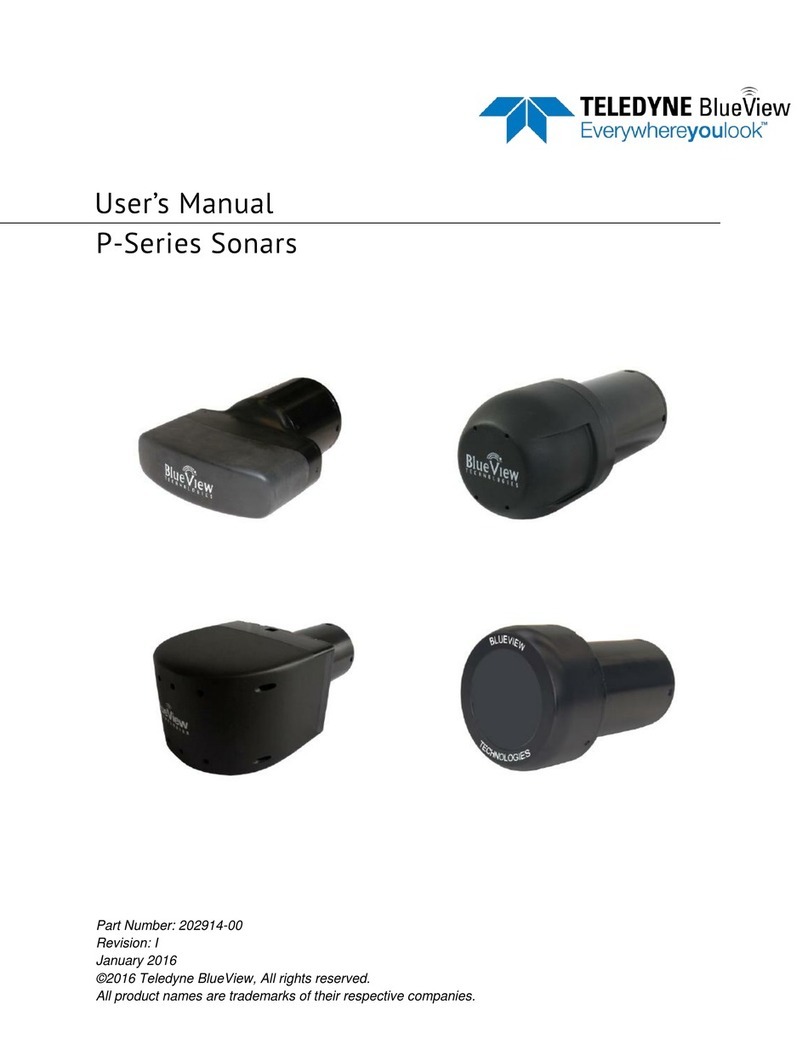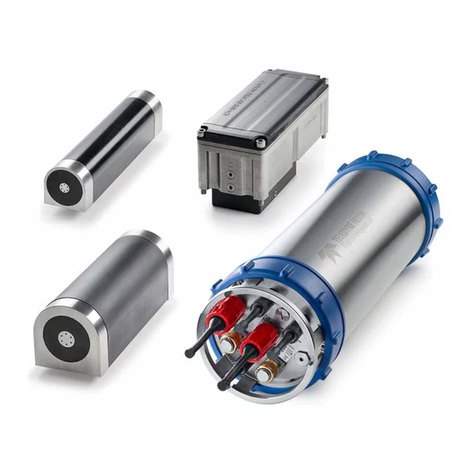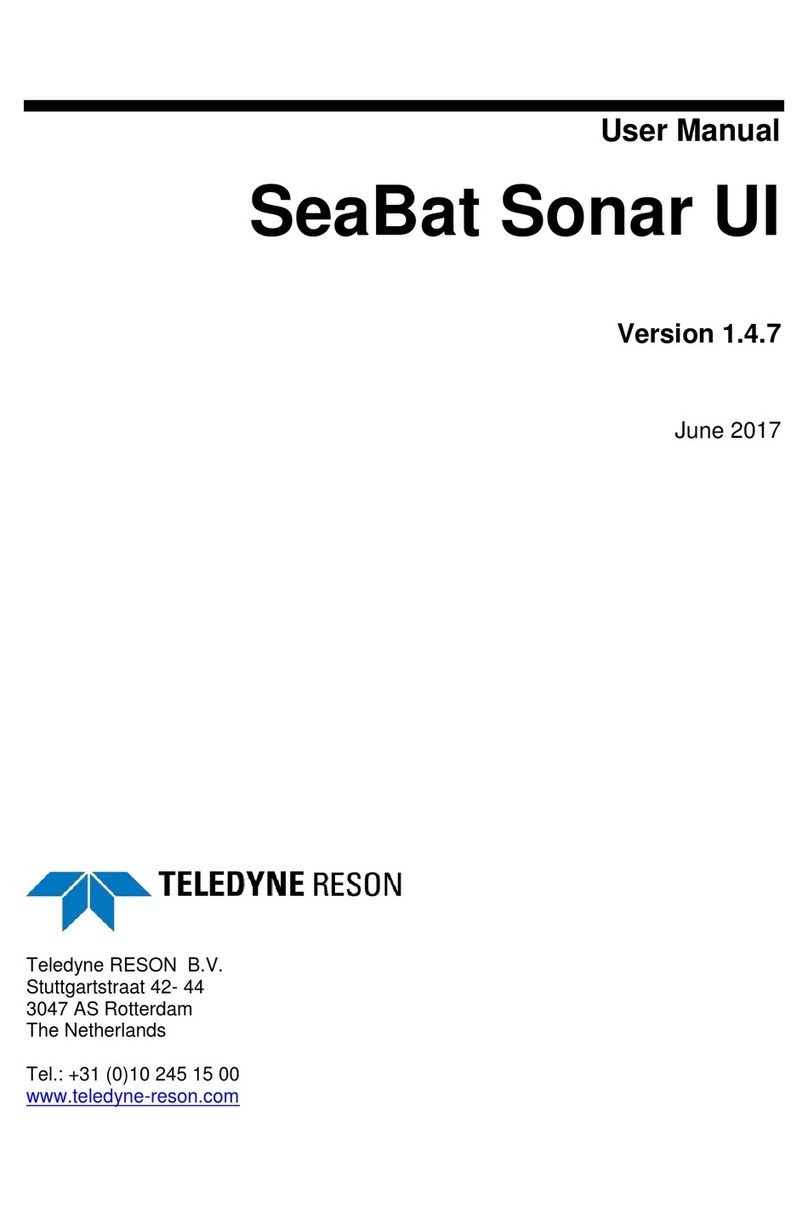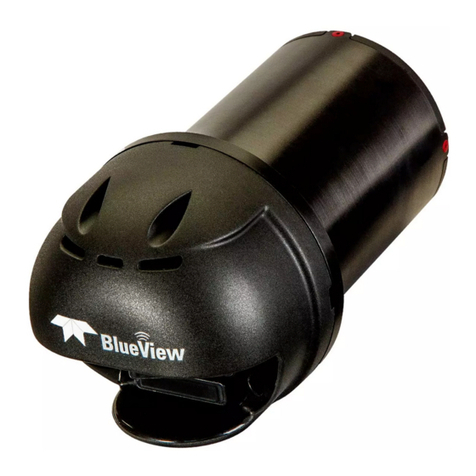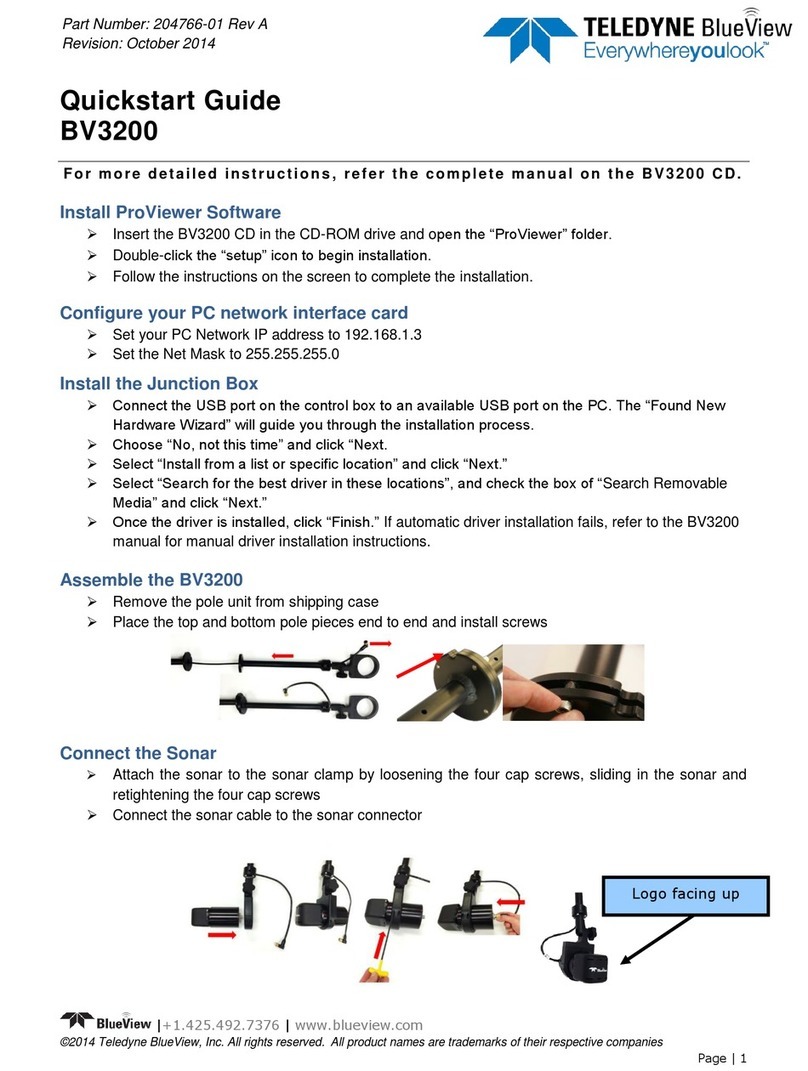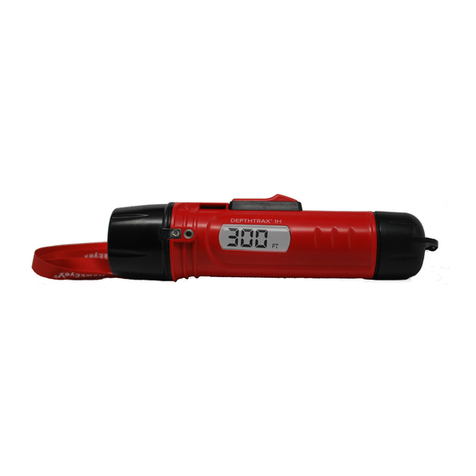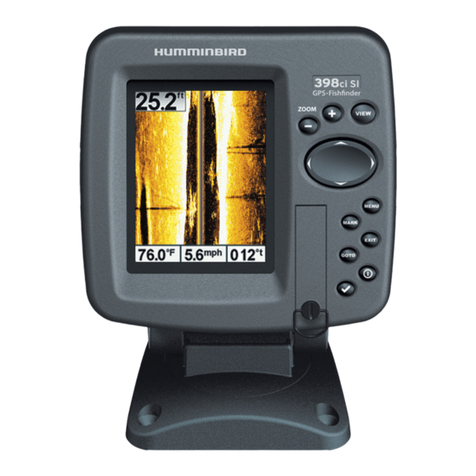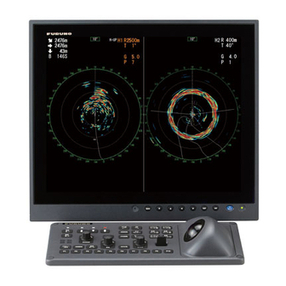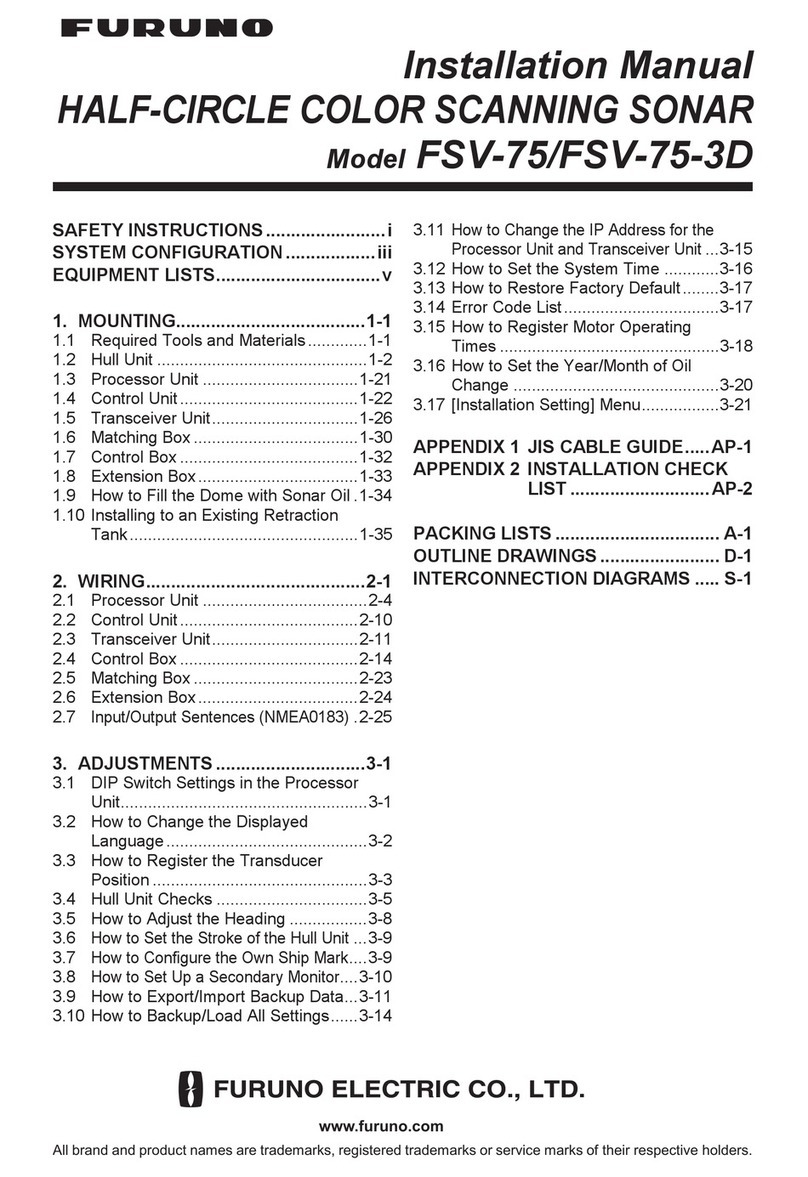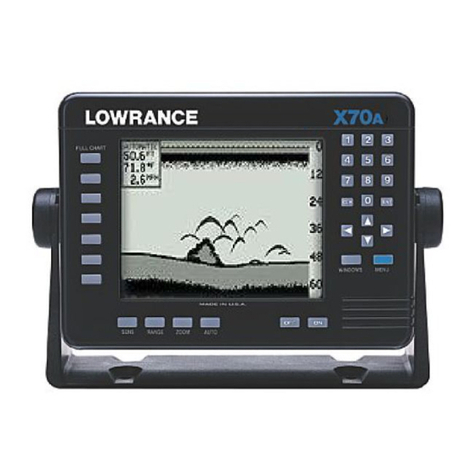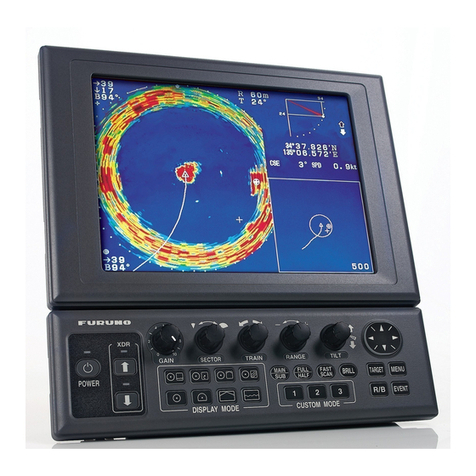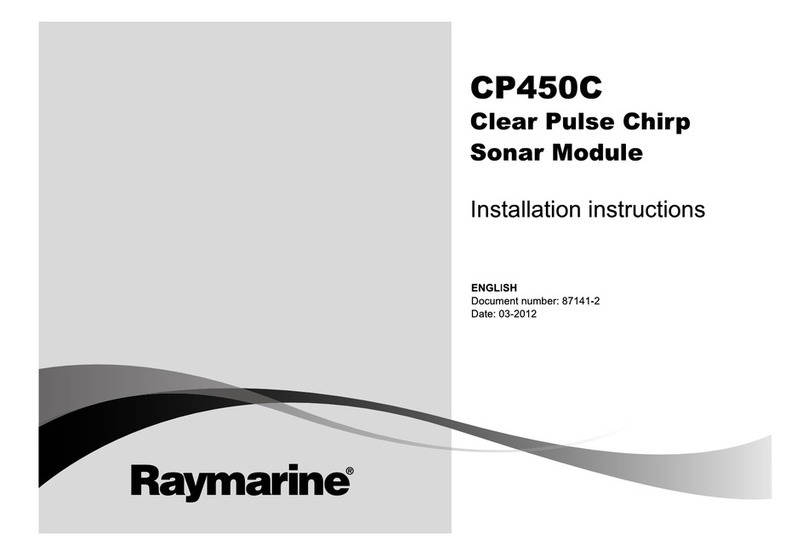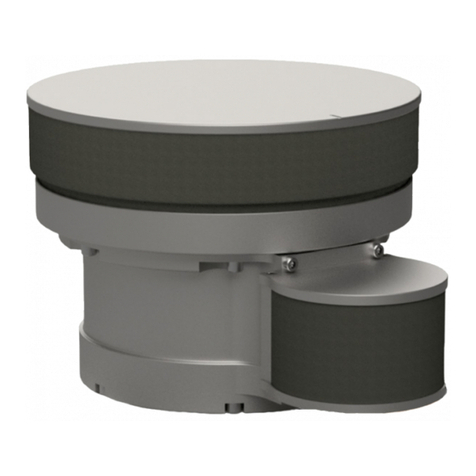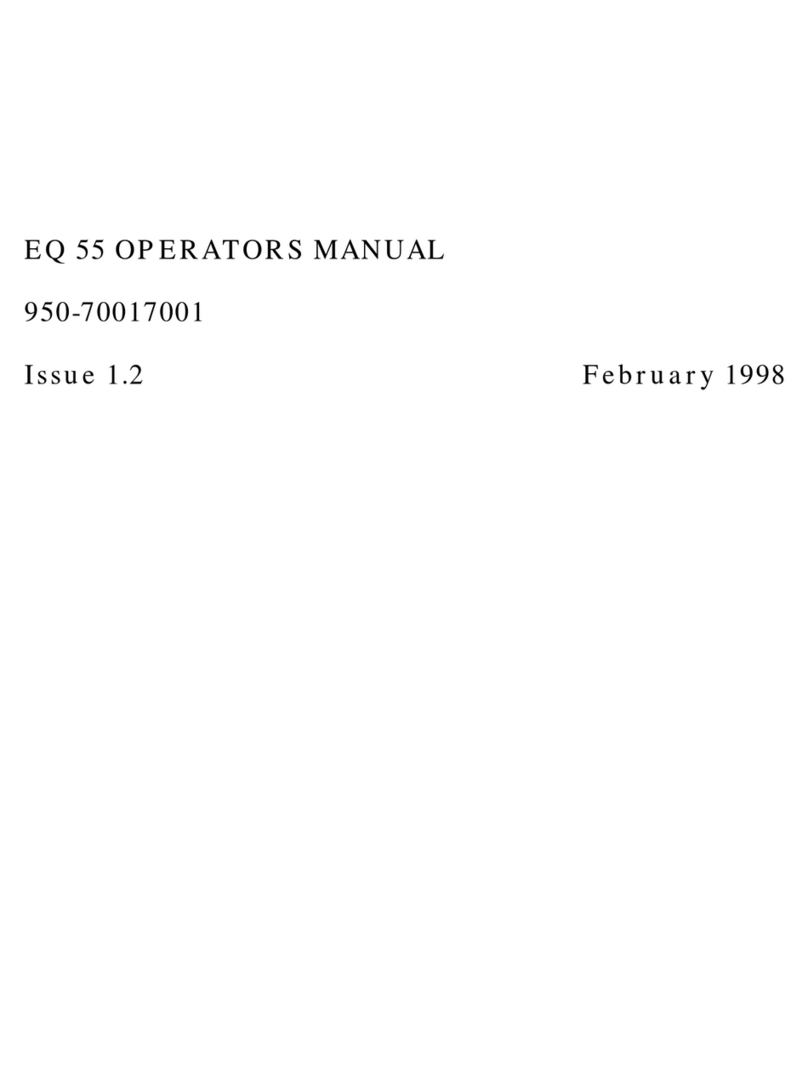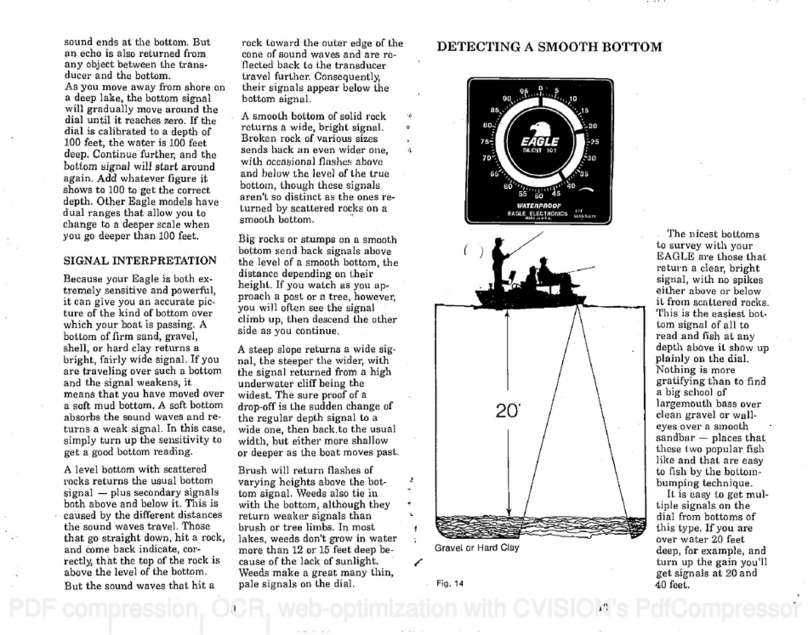
SeaBat T-Series Rackmount Operator's Manual
Uncontrolled Technology Subject to Restrictions Contained on the Cover Page.
Figure 7: Range Setting – The Exception......................................................................................22
Figure 8: Example of Reduced Swath Width .................................................................................26
Figure 9: Horizontal Swath Steering ..............................................................................................27
Figure 10: Outer Beams for the Different Beam Modes with a Tilted Sonar Head ........................28
Figure 11: Graphic Illustration of FlexMode...................................................................................30
Figure 12: Depth Gates, With No Roll ...........................................................................................31
Figure 13: Depth Gates, With Roll .................................................................................................31
Figure 14: Depth Gates, With Roll and Motion Sensor Input.........................................................32
Figure 15: Depth Gate Tilt .............................................................................................................32
Figure 16: Submerged Oil Detected by Multi-Detect .....................................................................33
Figure 17: Swath under Zero Roll Conditions................................................................................34
Figure 18: Laterally Displaced Swaths under Roll Conditions .......................................................35
Figure 19: Swath under Roll Stabilization......................................................................................35
Figure 20: Head Tilt Functionality ..................................................................................................36
Figure 21: Head Tilt for Harbor Inspection.....................................................................................36
Figure 22: Head Tilt for Pipe Inspection ........................................................................................36
Figure 23: Acoustic Absorption Reference ....................................................................................38
Figure 24: Typical Sound Velocity Values .....................................................................................39
Figure 25: Rack-mounted Sonar Processor ..................................................................................45
Figure 26: EM7218 Receiver Unit..................................................................................................46
Figure 27: EM7219 Receiver Unit..................................................................................................46
Figure 28: TC2181 Projector Unit ..................................................................................................46
Figure 29: Beam Density ...............................................................................................................48
Figure 30: Beam Spacing vs. Beam Angle ....................................................................................48
Figure 31: Beam Spacing ..............................................................................................................49
Figure 32: Across-Track Sounding Location on a Flat Bottom ......................................................49
Figure 33: Graphic Illustration of Snippets Data ............................................................................51
Figure 34: SeaBat Real-Time Pipe Detection and Tracking ..........................................................52
Figure 35: SeaBat FlexMode .........................................................................................................52
Figure 36: Standard Detection.......................................................................................................53
Figure 37: Multi-Detect with enhanced detail on Quay Wall ..........................................................53
Figure 38: Multi-Detect ..................................................................................................................53
Figure 39: Dual Head Synchronization of Pings ............................................................................54
Figure 40: Brightness Test.............................................................................................................54
Figure 41: Colinearity Flags...........................................................................................................55
Figure 42: T20 Sonar Head Assembly in Bracket with Optional Front Fairing ..............................57
Figure 43: Flow at 10 knots around Single T20 with Fairing..........................................................57
Figure 44: Flow around Single T20 with Fairing, Cross Section of Symmetry Plane ....................57
Figure 45: Flow at 10 knots around Single T20 without Fairing.....................................................58
Figure 46: Flow around Single T20 without Fairing, Cross Section of Symmetry Plane ...............58
Figure 47: T20 Dual Sonar Head Assembly in Bracket with Optional Front Fairing ......................59
Figure 48: Flow at 10 knots around Dual T20 with Fairings ..........................................................59
Figure 49: Flow around Dual T20 with Fairings, Cross Section of Symmetry Plane .....................59
Figure 50: Flow at 10 knots around Dual T20 without Fairings .....................................................60
Figure 51: Flow around Dual T20 without Fairings, Cross Section of Symmetry Plane ................60
Figure 52: T50 Sonar Head Assembly in Bracket with Optional Front Fairing ..............................61
Figure 53: Flow at 10 knots around Single T50 with Fairing..........................................................61
Figure 54: Flow around Single T50 with Fairing, Cross Section of Symmetry Plane ....................61
Figure 55: Flow at 10 knots around Single T50 without Fairing.....................................................62
Figure 56: Flow around Single T50 without Fairing, Cross Section of Symmetry Plane ...............62
